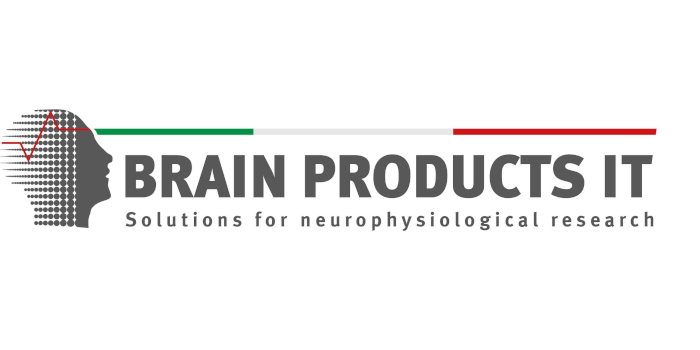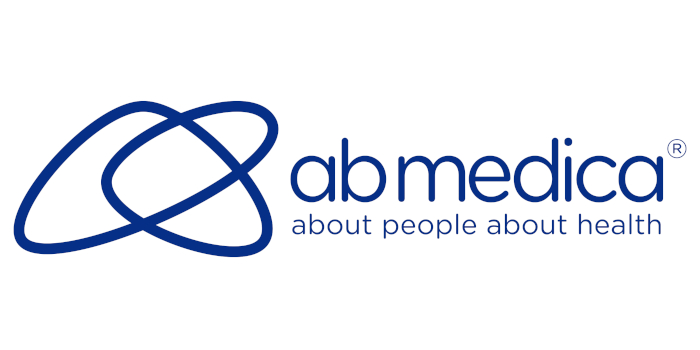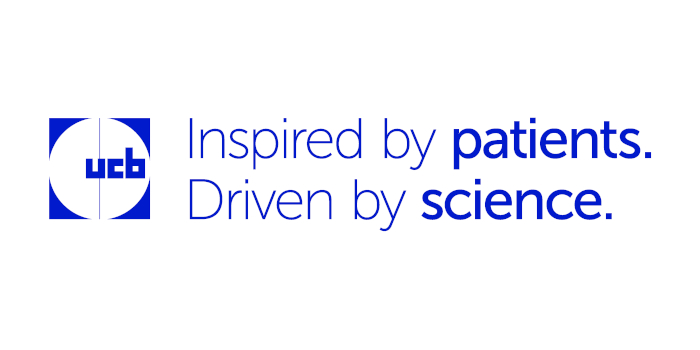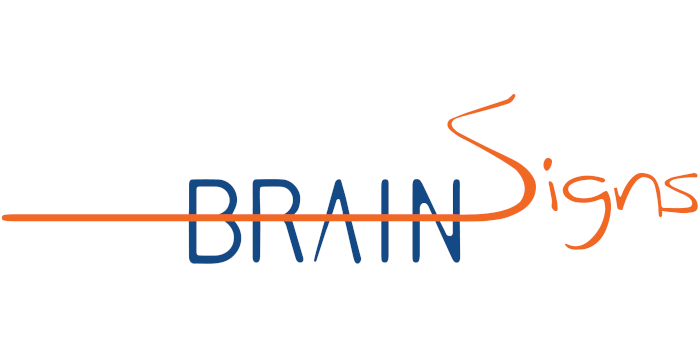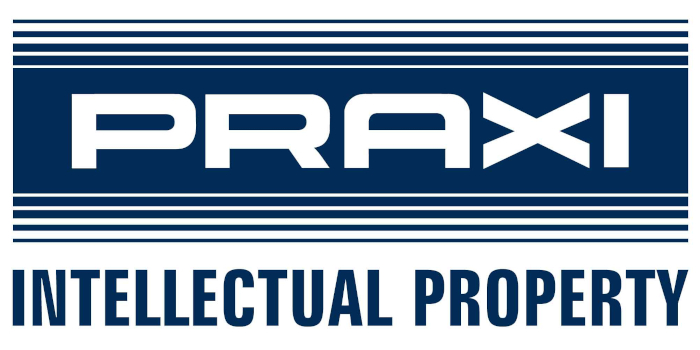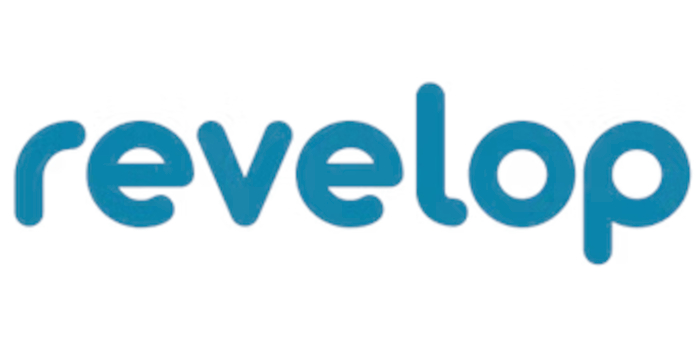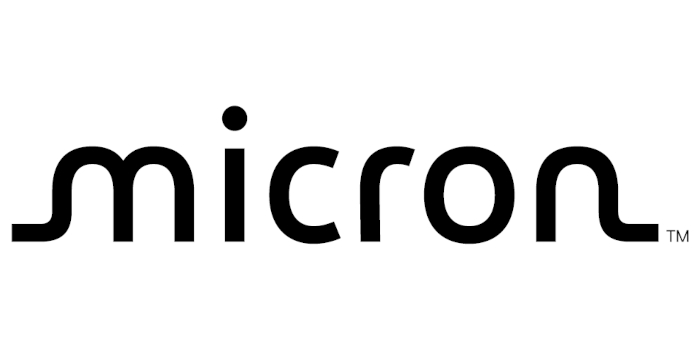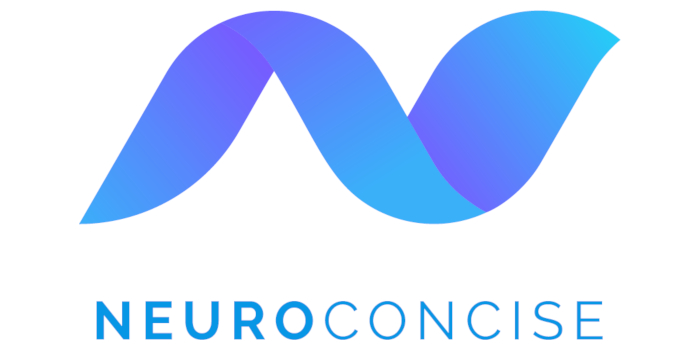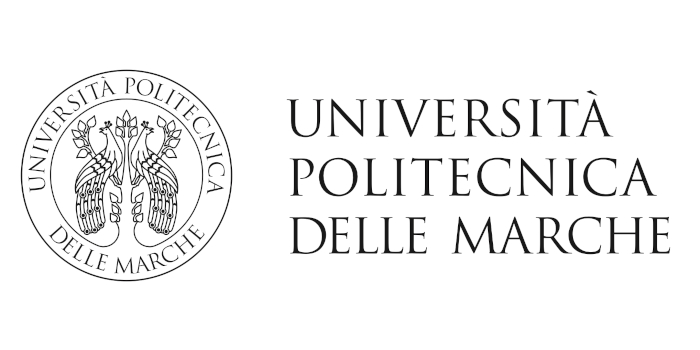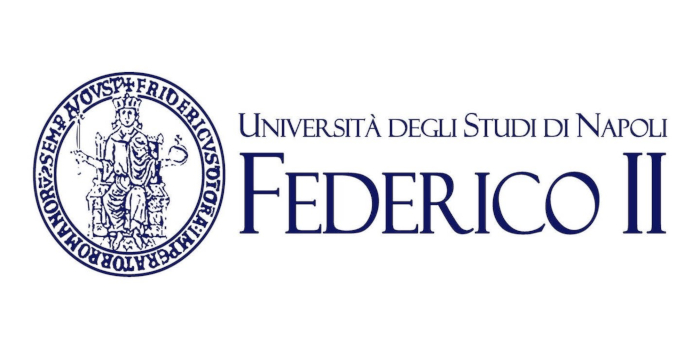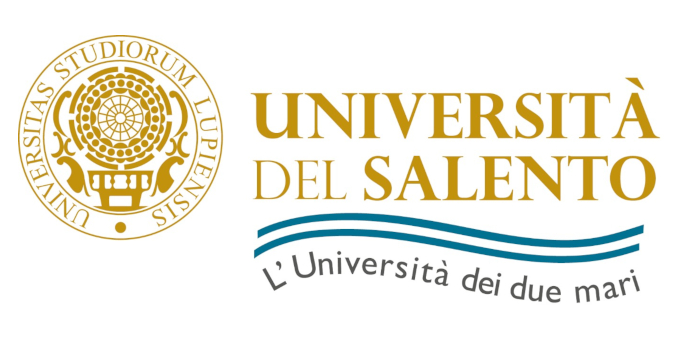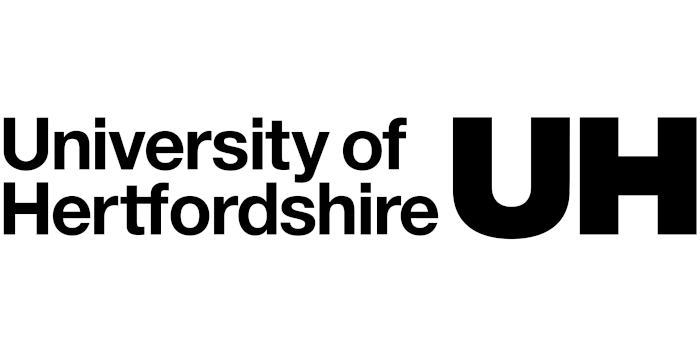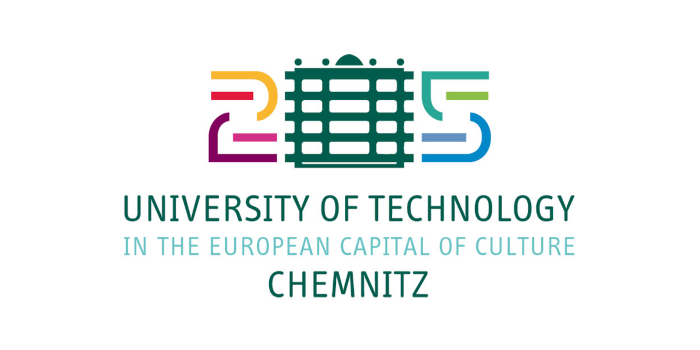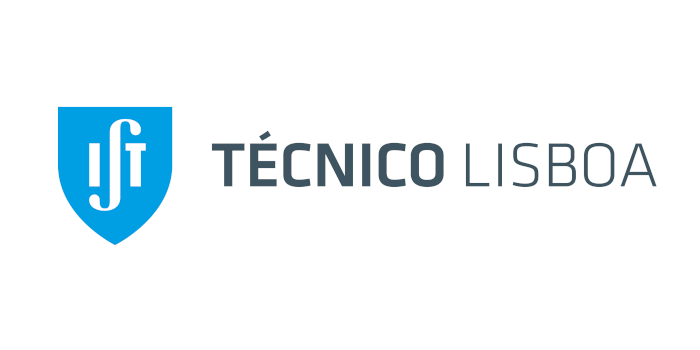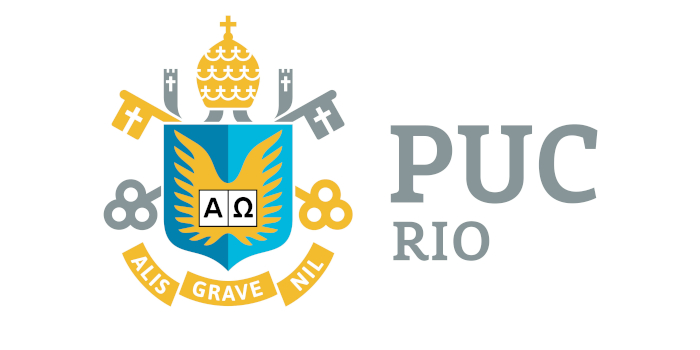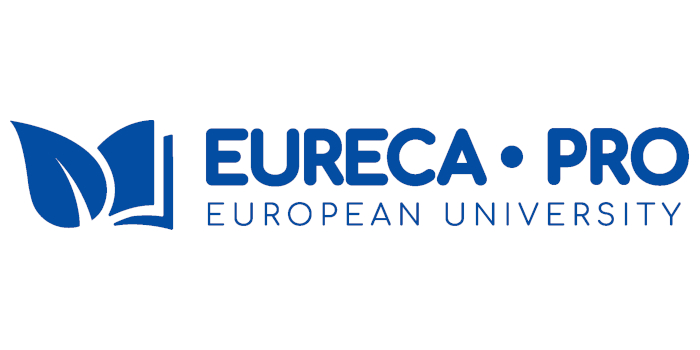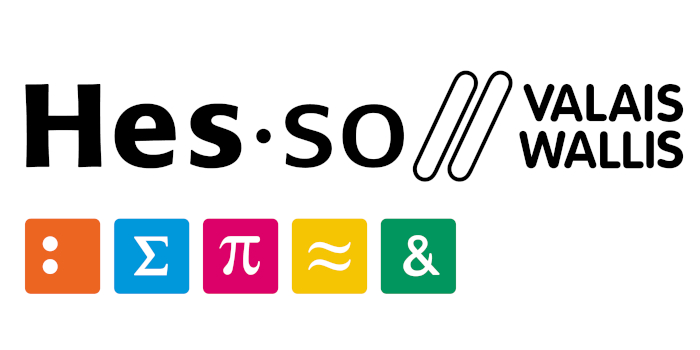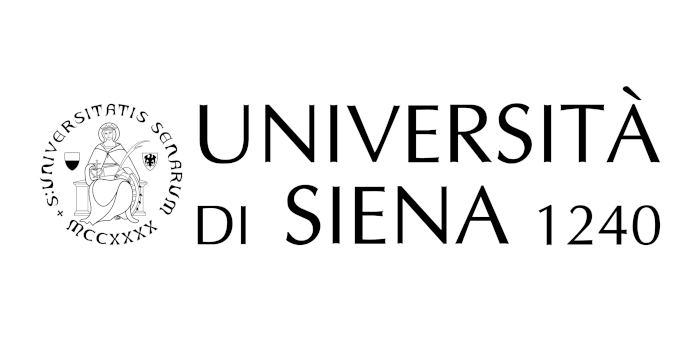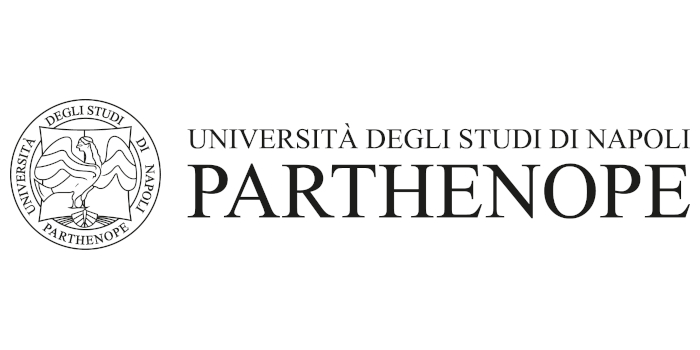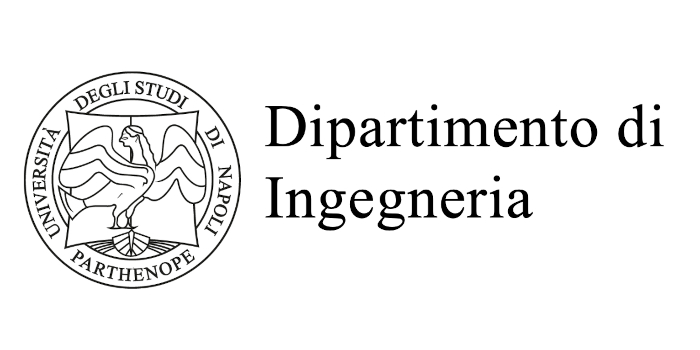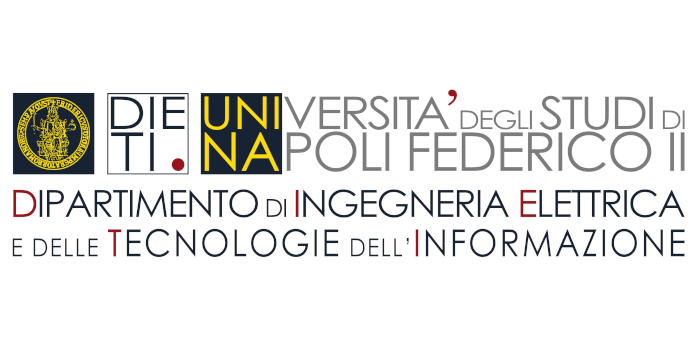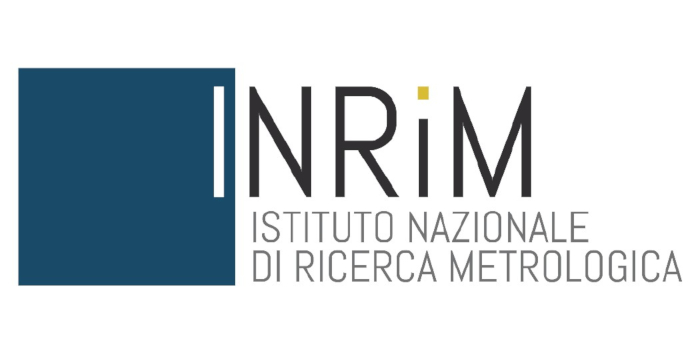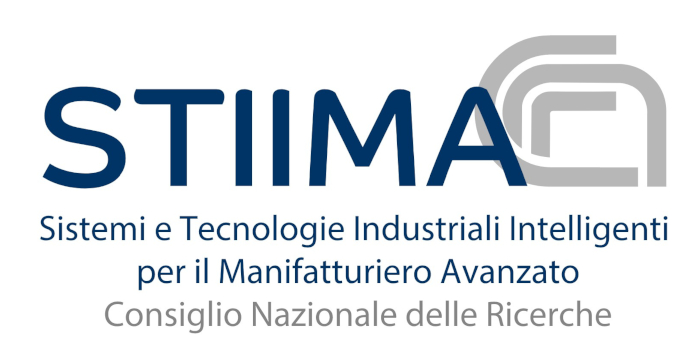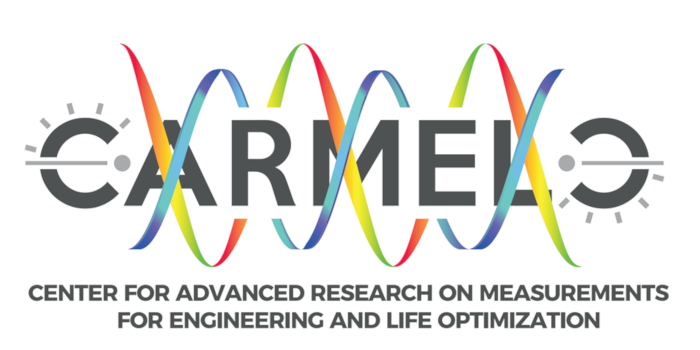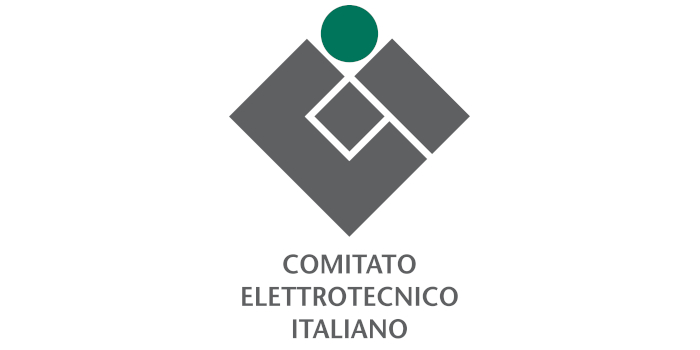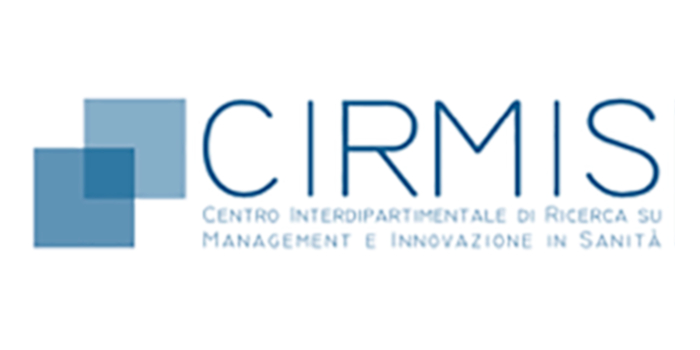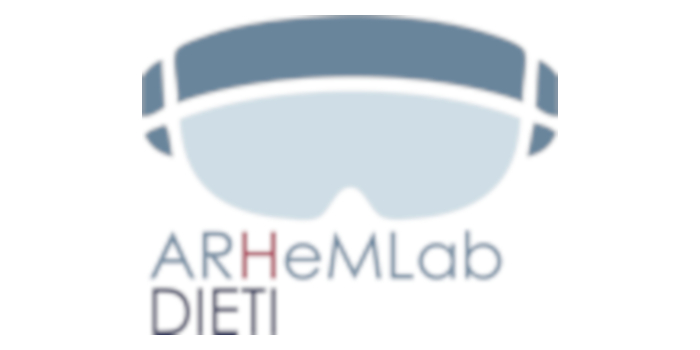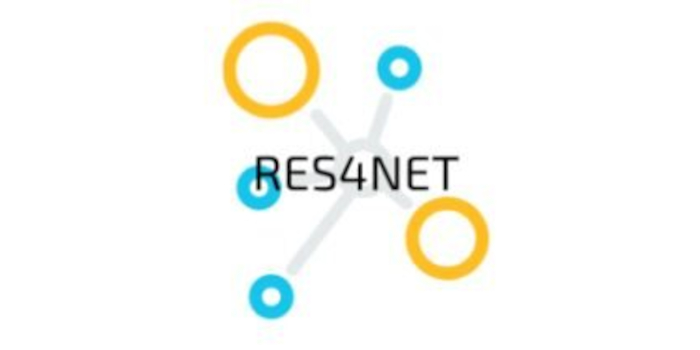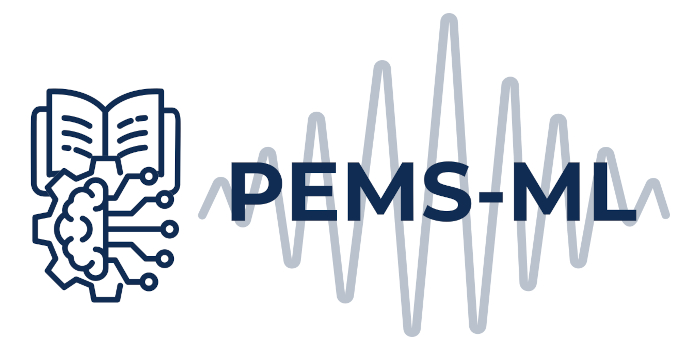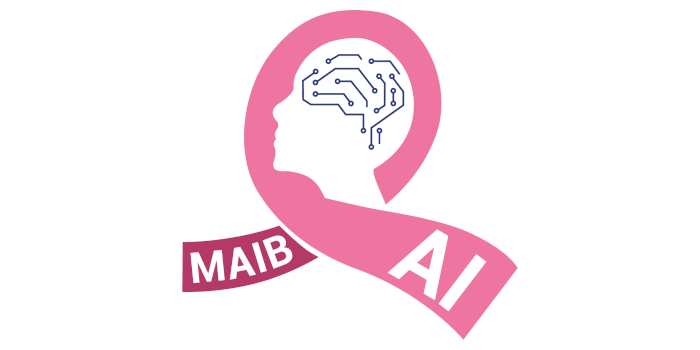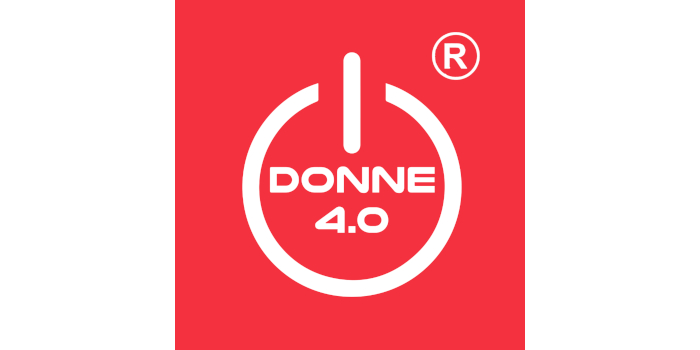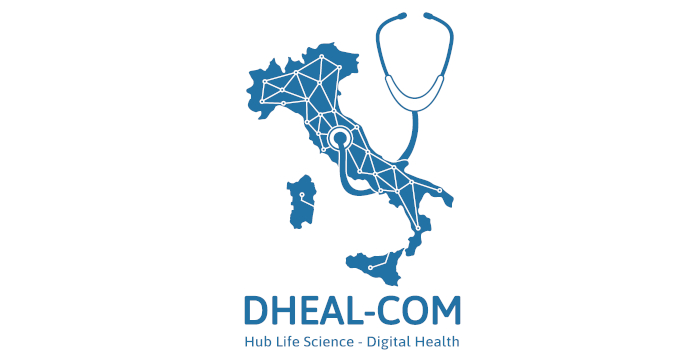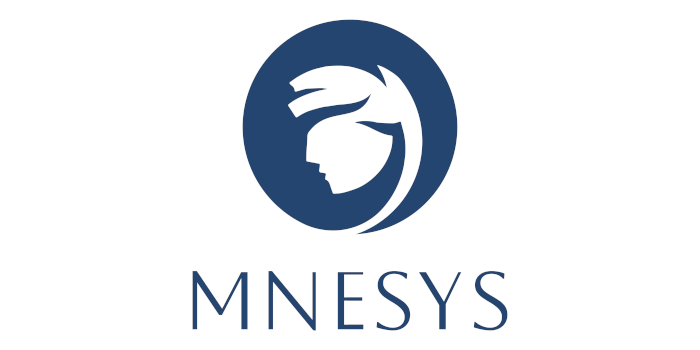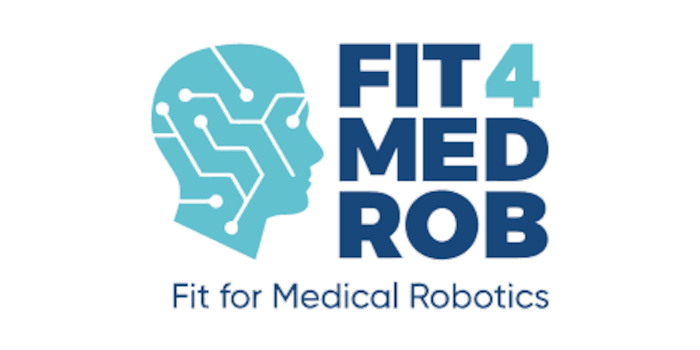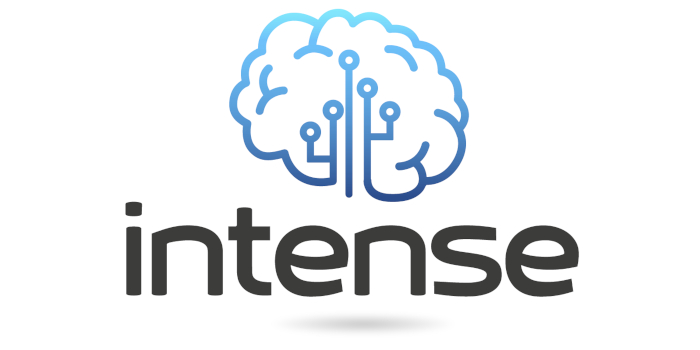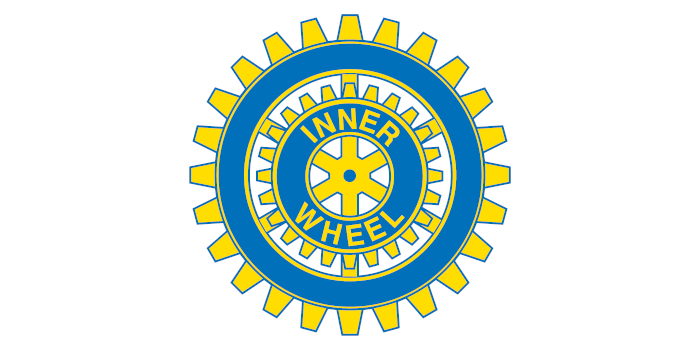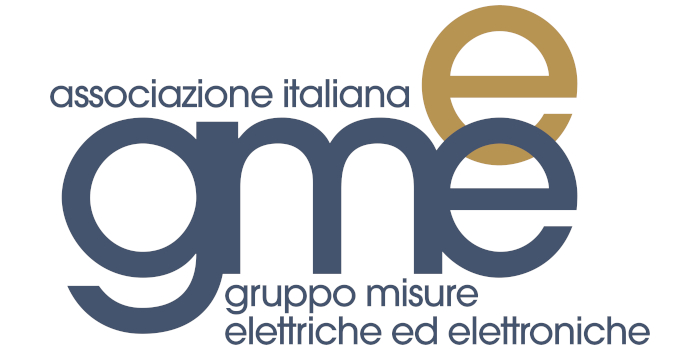Authors should prepare an Abstract (1 - 2 pages) that clearly indicates the originality of the contribution and the relevance of the work. The Abstract should include the title of the paper, names and affiliations of the authors, an abstract, keywords, an introduction describing the nature of the problem, a description of the contribution, the results achieved and their applicability.
As an alternative to the traditional abstract, it is possible to submit a Graphical Abstract. Read the paragraph below for further information.
When the first review process has been completed, authors receive a notification of either acceptance or rejection of the submission. If the abstract has been accepted, the authors can prepare a full paper.
The format for the full paper is identical to the format for the abstract except for the number of pages: the full paper has a required minimum length of five (5) pages and a maximum of six (6) pages.
Full Papers will be reviewed by the Technical Program Committee. All contributions will be peer-reviewed and acceptance will be based on quality, originality and relevance. Authors of accepted full papers must submit the final paper version according to the deadline, register for the workshop, and attend to present their papers. The maximum length for final papers is 6 pages.
Accepted papers will be submitted for inclusion into IEEE Xplore Digital Library.
Apply for the "Best Graphic Abstract" grant!
As an alternative to the traditional abstract, it is possible to submit a Graphical Abstract.
The Graphical Abstract is an image that effectively describes the contents of your research.
You can win the grant for the best graphical abstract, by submitting a graphical abstract. A prize of 250 EUR will be awarded to the authors of the Best Graphical Abstract. The top three winners will receive vouchers for membership in the IEEE Professional Communication Society.
In this blog you can find useful tips on how to create a graphical abstract.
A checklist to improve your graphical abstract is reported below:
- Identify the key message of your research and determine the most important results to highlight in your graphical abstract.
- Choose a visually appealing image that represents your research topic and use it as the central focus of your graphical abstract.
- Use a pleasing colour scheme of up to 5 colours.
- Use clear, concise language to describe your research question, methodology, and main findings in a way that is easy for non-experts to understand.
- Make sure that the word count does not exceed 80 words.
- Make sure the text is legible by choosing a font that is easy to read and by using appropriate font sizes.
- Use icons, arrows, and other design elements to help illustrate your main points and make your abstract more engaging.
- Include the citation details of your paper at the bottom.
- Check for clarity by having colleagues or peers review your graphical abstract before submission.
Abstract / Full / Final Paper Templates
The purpose of a conference template is to provide a consistent format for papers appearing in the conference proceedings. IEEE strongly encourages use of the conference manuscript templates provided below.
IEEE conference templates contain guidance text for composing and formatting conference papers. Please ensure that all guidance text is removed from your conference paper prior to submission to the conference. Failure to remove template text from your paper may result in your paper not being published.
Accessing the Template
Microsoft Word
LaTeX
- LaTeX Template Instructions [.pdf]
- LaTeX Template [.zip]
- LaTeX Bibliography Files [.zip]
Overleaf
- When working in Overleaf, the template is available at www.overleaf.com/gallery/tagged/ieee-official
Submission of Abstracts / Graphical Abstracts
Author registration
Each lead author must visit the EDAS web site and establish an account with a username and password.
- Visit www.edas.info and click the New User button.
- Create your profile. Only the five fields with the red asterisk are required.
*It is very important that your name and affiliation associated with your EDAS account are correct and match the name and affiliation that will be listed on your paper. These fields are first and last name, affiliation (company or organization), country, e-mail address, and status.
When the fields are filled in, check the Privacy Policies box and click the Add Person button. - You will receive an e-mail containing your password. Your email address and the given password must later be used to access the system during the following steps, so be careful to remember it.
- You can then return to the EDAS log-in page and change your assigned password to one that is easier to remember. To do this, click on the My Profile tab, and then click on change your password. Be sure to record your user name, password and ID number for later reference.
Submission of Abstracts / Graphical Abstracts
Submit your abstract HERE
Please login to EDAS and follow the following steps:
- Type in the title of the paper and enter a brief abstract of your paper.
- Click the Submit button.
- The next page you see will have a large green check mark and a statement that the paper was registered. The last row says "Abstract / Graphical Abstract", and has an icon of a blue cloud next to it. Click on this icon, and then you can upload the PDF of your Abstract on the next page.
Abstract Acceptance and Preparation of the Full Paper
When the first review process has been completed, authors receive a notification of either acceptance or rejection of the submission. If the paper has been accepted, the authors can prepare a full paper (5 to 6 pages).


